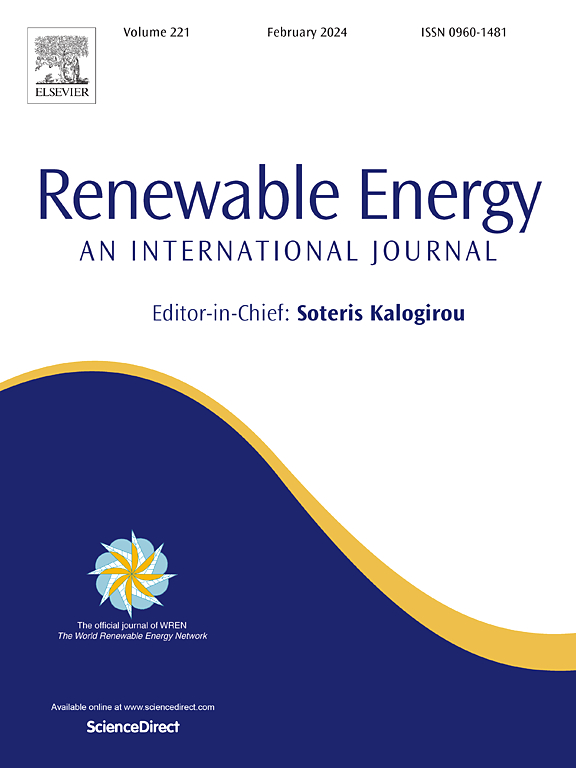One-pot depolymerization of forest residues to potential aviation fuel over hybrid zeolite – N-doped activated carbon supported NiMo catalyst
IF 9
1区 工程技术
Q1 ENERGY & FUELS
引用次数: 0
Abstract
In this work, sawdust and bark are depolymerized by catalytic reductive liquefaction using a bimetallic NiMo catalyst, with the aim to generate bio-fuel components in a single reaction step, that potentially could be used to produce sustainable aviation fuel (SAF). The hybrid support Zeolite Y combined with N-doped on activated carbon (YNAC) was synthesized from zeolite Y (silica/alumina ratio, SAR = 80) and N-doped activated carbon (NAC). The effect of temperature, pressure, and catalyst loading were systematically investigated to obtain conditions favorable for the yield and quality of the liquid product. The result at 400 °C, 20 bar H2 (at room temperature), 4 h residence time with 30 wt% catalyst loading of NiMo@YNAC (75:25) showed the lowest solid yields, which was 3.9 wt% when using sawdust. The solid yield increased to 18.2 wt% when using bark and was intermediate (8.4 wt%) when using a sawdust/bark blend with 8/2 wt ratio. Sawdust was mainly converted into a liquid product consisting of cycloalkanes (C4-C7) (48.1 wt%), aromatics (2.1 wt%), phenolic compounds (15.8 wt%), and a heavy oil fraction (9.2 wt%). Meanwhile, bark was converted into similar compounds, however, with higher yields of mainly naphthenic and biphenyl components. The catalytic activity of NiMo on other supports such as ɤ-Al2O3, ZrO2, TiO2, and CeO2 were also examined at the same conditions as NiMo@YNAC (75:25). Moreover, acidic washing of the bark was very beneficial resulting in that the solid yield significantly decreased, from 18 % to 6 %, while the bio-oil yield was improved (from 78 % to 91 %). The results showed that the NiMo@YNAC (75:25) catalyst with high deoxygenation and hydrogenation effects is a promising candidate for depolymerization of biomass into biofuels.

求助全文
约1分钟内获得全文
求助全文
来源期刊

Renewable Energy
工程技术-能源与燃料
CiteScore
18.40
自引率
9.20%
发文量
1955
审稿时长
6.6 months
期刊介绍:
Renewable Energy journal is dedicated to advancing knowledge and disseminating insights on various topics and technologies within renewable energy systems and components. Our mission is to support researchers, engineers, economists, manufacturers, NGOs, associations, and societies in staying updated on new developments in their respective fields and applying alternative energy solutions to current practices.
As an international, multidisciplinary journal in renewable energy engineering and research, we strive to be a premier peer-reviewed platform and a trusted source of original research and reviews in the field of renewable energy. Join us in our endeavor to drive innovation and progress in sustainable energy solutions.
 求助内容:
求助内容: 应助结果提醒方式:
应助结果提醒方式:


